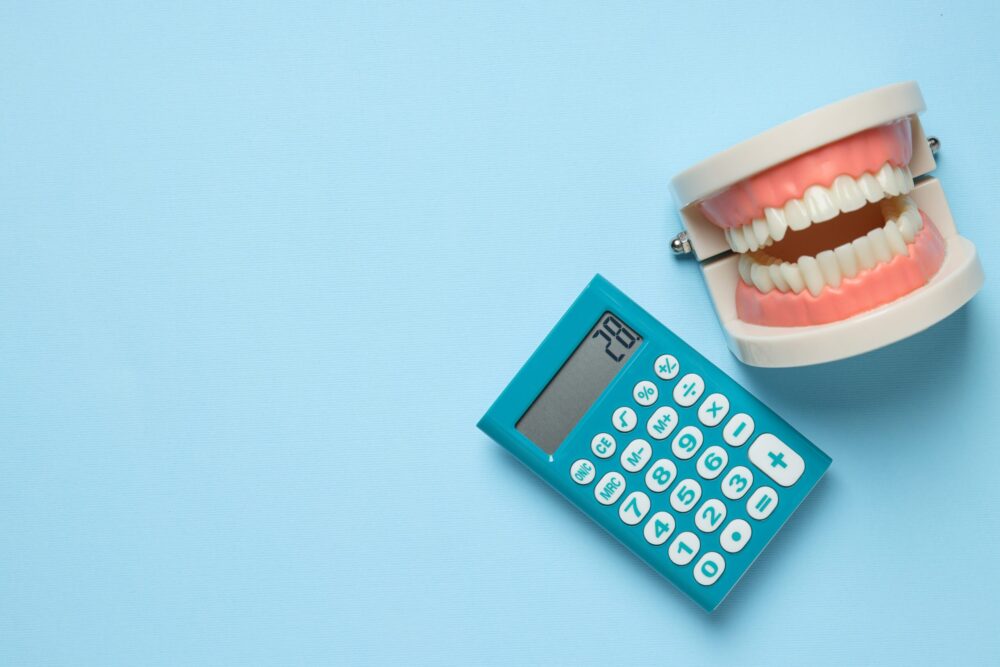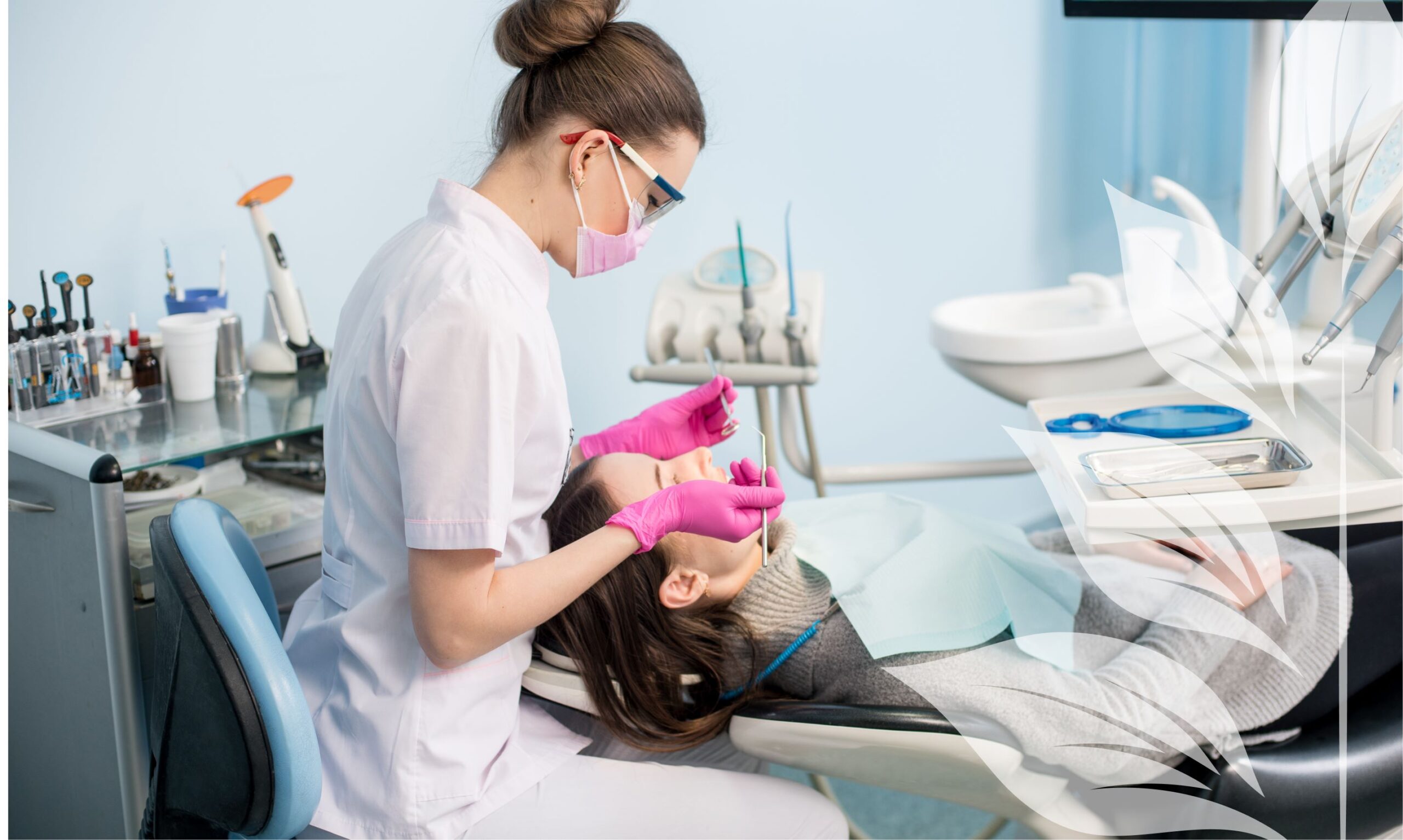Flawless zirconia crowns match your unique smile.
Zirconia. Zirconium. What is this material that sounds more like a fictional planet than something found in the dentist’s office? While its name isn’t as well known as gold, porcelain, or even amalgam, zirconia has become an increasingly popular choice for use in dental restorations. In fact, it’s been used medically for well over half a century.
So what is it that’s so special about zirconia crowns? Here’s what you need to know.
What is a zirconia dental crown?
Zirconia dental crowns are made from zirconium dioxide, a white powdered ceramic material. Its ceramic properties and the fact that is milled from a single block make it a strong dental prosthetic.
In fact, its strength allows for far thinner dental crowns than those made with metals. Creating a strong, yet thin crown is ideal as it only requires a minimal amount of healthy tooth tissue to be removed for placement. Retaining as much of your natural tooth as possible is always our goal in maintaining a healthy smile for many years to come.
Zirconia’s ceramic properties and natural white coloring make for a relatively effortless match to the rest of your smile. It comes in several forms, each with its own level of translucency. Your dentist can select the one that will be a perfect match.
The benefits of zirconia dental crowns.
Zirconia crowns are metal-free—making them biocompatible. This means that the chances of surrounding tissue becoming irritated by the crown or rejecting it altogether are very low. In fact, zirconia has been medically utilized since the 1960s for prosthesis surgeries on hips, fingers, and ears.
This lack of metal also has aesthetic benefits. The white coloring of zirconia mimics that of your natural teeth. There is no glaringly obvious silver or gold to feel self-conscious of each time you smile. And as years pass and gums recede, as they typically do with age, you won’t need to worry about developing that tell-tale gray line so commonly seen with porcelain-fused-to-metal crowns.
The strength of zirconia makes it a great choice for restoring the backmost molars. These are the teeth that take on the most force as we bite and chew. This pressure can be too much for other materials causing them to eventually crack, requiring either repair or replacement.
This resilience also means you can depend on your crown to take on the test of time—lasting for years, if not decades to come, with proper preventive and routine care. This new addition to your smile may not be a natural tooth but it does still require the same care as the rest of your teeth. Brushing twice a day and flossing once each day helps to ensure optimal oral health overall as well as a long life for your crown.
What to expect at the dentist.
Your tooth restoration will be completed in two appointments. At the first appointment, your dentist will prepare the tooth by removing unhealthy tissue and shaping the tooth to fit the crown over the top. Depending on the health of the tooth, this shaping process may require removing a minimal amount of healthy tissue as well. Next, they will make an impression of your bite and send it to the lab for fabrication. Once the impression is taken, they will place a temporary crown to protect the tooth being treated.
The lab will use the impression of your bite to provide the precise size and shape of your new dental crown. A lab technician will expertly craft your crown from a solid block of zirconia to seamlessly match your unique smile. When your dental office receives the finished crown, you can come in for your second appointment.
Your second appointment is for placement. Your dentist will prep the tooth by removing the temporary crown and cleaning the area. They will bond the crown to your natural tooth using dental cement. Once placed, your dentist will then ensure that it fits your bite comfortably—making any small adjustments as necessary.
After your dentist has ensured a virtually perfect fit, you can go right back to your usual daily routine—while showing off your renewed, healthy smile.
Zirconia may not be the first type of material for a dental crown that comes to mind, but it is an increasingly popular choice for its ideal pairing of structural and aesthetic qualities. For a natural-appearing smile, zirconia crowns are our go-to choice as a dependable, long-lasting dental prosthetic for our patients. When restoring smiles, it is our philosophy to maintain as much of each patient’s natural tooth structure as possible. We know we can count on crowns made from zirconia to enable us to do just that.





